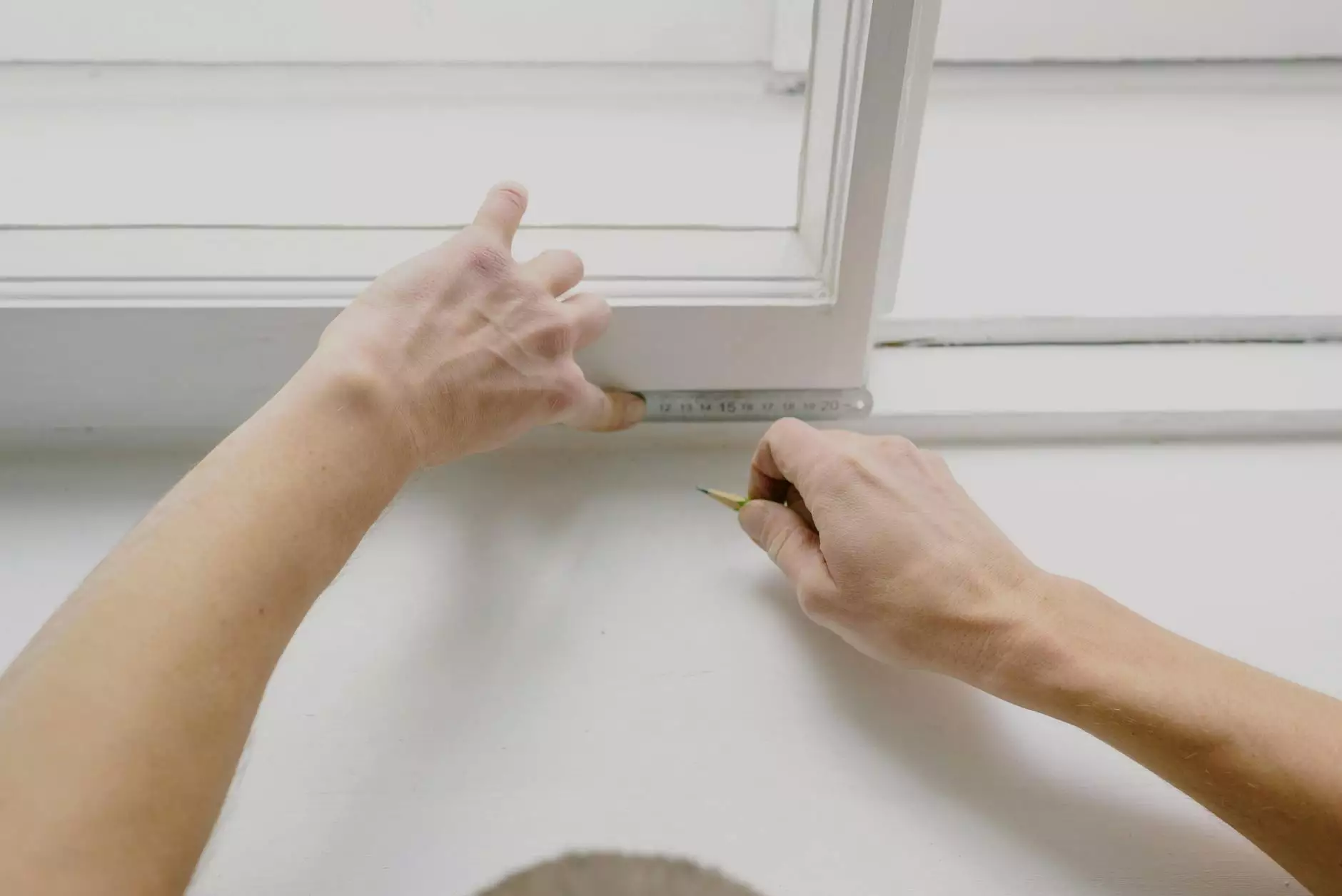The Ultimate Guide to Swimming Pool Plaster Repair

Maintaining a swimming pool is an essential aspect of ensuring its longevity and aesthetic appeal. One of the most significant aspects of pool maintenance is plaster repair. Over time, pool plaster can wear down, develop cracks, and chip, which not only affects the beauty of your pool but can also lead to more severe issues if left unattended. This article will delve into the nitty-gritty of swimming pool plaster repair, providing you with the knowledge and resources needed to tackle this maintenance task effectively.
Understanding Pool Plaster
The plaster of a swimming pool is a finish that provides both a protective layer and an attractive surface for pool owners. It is primarily made of cement, sand, and water, and is applied over a concrete shell. Plaster not only enhances the pool’s appearance but also keeps the pool structure intact by preventing water from seeping into the concrete shell.
- Benefits of Plaster: Smooth surface, aesthetics, water resistance, and durability.
- Common Types of Plaster:
- Standard White Plaster
- Colored Plaster
- Aggregate Plaster
Identifying the Need for Swimming Pool Plaster Repair
Not all pool plaster requires immediate attention. However, the following signs indicate that your pool might need plaster repair:
- Cracks: Small hairline cracks are common, but larger cracks can lead to significant water loss and structural issues.
- Chalking or Dulling: When the plaster begins to white or lose its shine, it may indicate that the surface is deteriorating.
- Peeling or Blistering: This can be a sign of moisture trapped underneath the plaster.
- Staining: Unattractive stains can occur due to algae growth, chemicals, or minerals in your water supply.
The Process of Swimming Pool Plaster Repair
Step 1: Evaluate the Damage
Before embarking on any swimming pool plaster repair, assess the extent of the damage. Take careful note of cracks, peeling areas, and any discoloration. This assessment will guide you in determining whether you can handle the repairs yourself or if you need to contact a professional.
Step 2: Gather Necessary Materials
Preparing for repairs requires specific tools and materials. Here’s a comprehensive list:
- Plaster mix (specifically formulated for pools)
- Putty knife or trowel
- Sandpaper (for smoothing surfaces)
- Water (to mix with plaster)
- Paint brush (if required for surface treatment)
- Sponge (for cleaning surfaces)
Step 3: Prepare the Area
Clean the area around the damage thoroughly. Use a sponge or pressure washer to remove any debris, algae, or loose plaster. This step is crucial for ensuring that the new plaster adheres well.
Step 4: Apply the Plaster Repair
If you are working with small cracks, you might find it sufficient to use a simple plaster mix. Here’s how to apply it:
- Mix the Plaster: Follow the manufacturer's instructions to create the plaster mixture.
- Apply the Plaster: Use a putty knife to fill in cracks. For larger areas, apply with a trowel, smoothing out as you go.
- Finish the Surface: Feather the edges to blend the repair with the existing plaster.
When to Contact Professionals
While minor repairs can often be handled independently, there are situations when it is best to contact a professional. If the damage is extensive, such as significant cracking or underlying structural problems, seeking assistance from experts can save you time and money in the long run. Professionals like those at poolrenovation.com have the experience and tools necessary to address these complex issues effectively.
Benefits of Regular Plaster Maintenance
Engaging in routine maintenance of your pool plaster can lead to several benefits:
- Increased Lifespan: Regular repairs prevent major issues, extending the life of your pool.
- Beautiful Appearance: Well-maintained plaster enhances the overall aesthetic of your pool area.
- Cost-Effectiveness: Addressing minor problems early can save on costly repairs later.
- Improved Safety: Smooth, well-maintained plaster reduces the risk of injury from sharp edges or cracks.
Preventive Measures for Swimming Pool Plaster
Preventing damage to your pool plaster is as crucial as repair. Here are some effective preventive measures:
- Regular Cleaning: Keep your pool clean to avoid algae buildup and staining.
- Water Chemistry: Maintain proper chemical balance to prevent plaster damage.
- Routine Inspections: Regularly check for early signs of damage and address them promptly.
- Professional Maintenance: Schedule annual maintenance checks with a professional to ensure all aspects of your pool are in check.
Conclusion
In conclusion, swimming pool plaster repair is an essential aspect of pool ownership that can lead to significant benefits for both the pool’s aesthetic appeal and structural integrity. With a thorough understanding of how to identify, repair, and maintain your pool plaster, as well as the advantages of professional intervention, you can enjoy a beautiful and functional swimming pool year after year. Don't forget to explore the services offered by poolrenovation.com for expert assistance in maintaining your swimming pool.









